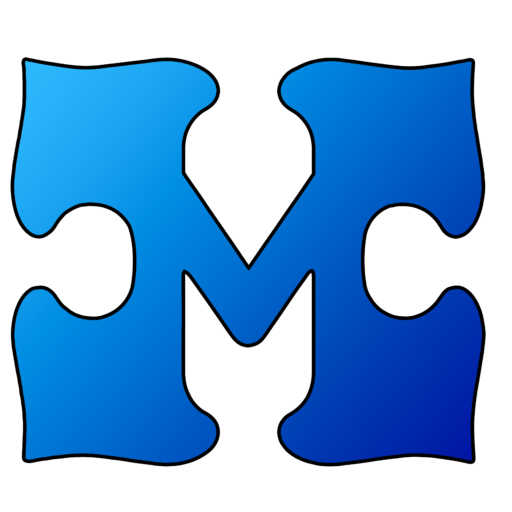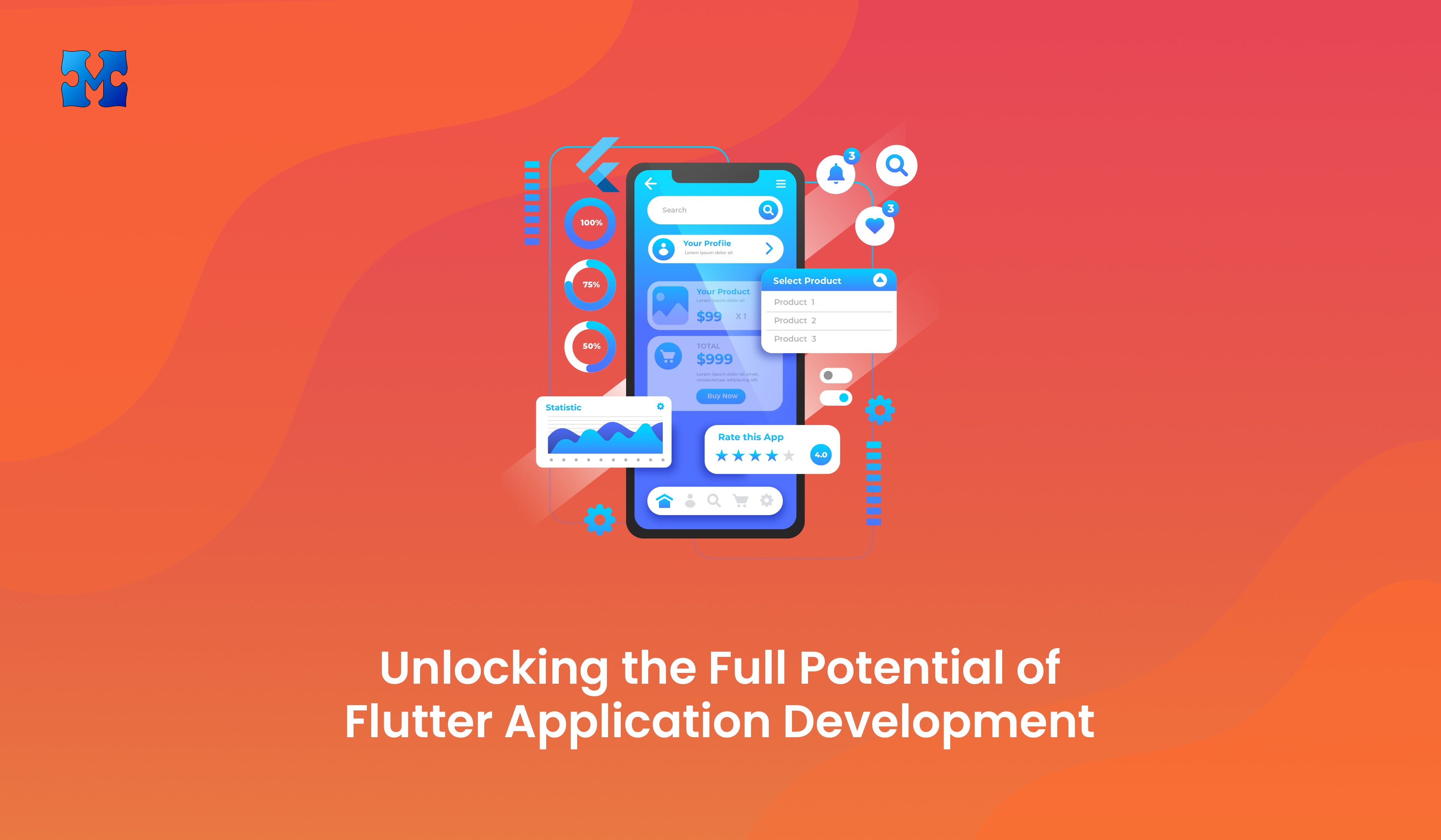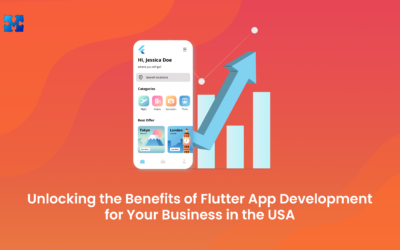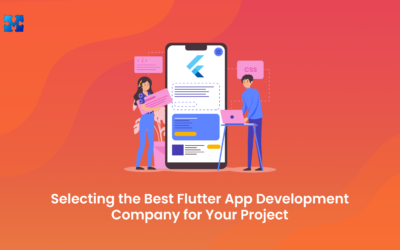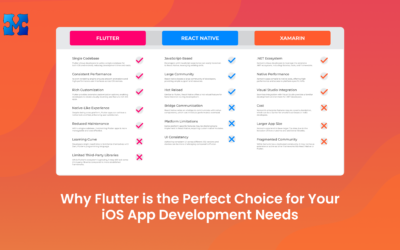With the emergence of Flutter, a revolutionary open-source UI software development kit (SDK) by Google, developers now have a powerful ally to create stunning and high-performance applications across multiple platforms. In this comprehensive guide, we will delve deeper into the capabilities of Flutter application development, exploring its features, benefits, and how to harness its full potential.
Understanding Flutter: A Game-Changing Framework
Flutter stands out as a game-changer in the world of app development due to its unique features and capabilities:
- Single Codebase, Multiple Platforms: Flutter allows developers to write code once and deploy it across multiple platforms, including iOS, Android, web, and desktop. This approach significantly reduces development time and effort, as developers can maintain a single codebase for all platforms.
- Fast Performance: With Flutter, performance is a top priority. Its underlying framework, Dart, compiles code directly into native machine code, resulting in fast and smooth performance comparable to native applications. This ensures a seamless user experience, even for complex and graphics-intensive applications.
- Rich Set of Widgets: Flutter provides a rich set of customizable widgets that enable developers to create stunning and responsive user interfaces. From basic UI elements like buttons and text inputs to complex animations and gestures, Flutter’s extensive library of widgets empowers developers to bring their design ideas to life effortlessly.
- Hot Reload: One of Flutter’s most beloved features is its hot reload capability, which allows developers to make changes to the code and see the results instantly reflected in the running application. This iterative development process greatly enhances productivity and facilitates rapid prototyping.
- Strong Community Support: Flutter boasts a vibrant and supportive community of developers, enthusiasts, and contributors who actively contribute to its growth and evolution. From comprehensive documentation and tutorials to a vast array of third-party packages and plugins, the Flutter community provides invaluable resources to help developers succeed.
Getting Started with Flutter Application Development
Now that we’ve gained an understanding of Flutter’s capabilities, let’s explore how to get started with Flutter application development:
- Setup and Installation: The first step is to install the Flutter SDK and set up your development environment. The official Flutter documentation provides detailed instructions for getting started on different operating systems, ensuring a smooth setup process.
- Learning Dart Programming: Since Flutter uses Dart as its programming language, it’s essential to familiarize yourself with Dart’s syntax, features, and concepts. Dart is a versatile and easy-to-learn language, especially for developers with experience in object-oriented programming languages like Java or JavaScript.
- Exploring Flutter Widgets: Take some time to explore Flutter’s extensive collection of widgets and learn how to use them to create various UI components and layouts. Experiment with different widgets, properties, and configurations to understand their capabilities and customization options.
- Building Your First Flutter App: Once you’re comfortable with Dart and Flutter widgets, it’s time to start building your first Flutter app. Start with a simple project, such as a basic calculator or a to-do list, and gradually increase the complexity as you gain more confidence and experience.
- Continuous Learning and Improvement: Flutter is a dynamic framework that is constantly evolving, with new features and updates being released regularly. Stay updated with the latest Flutter releases, attend meetups and conferences, participate in online forums and communities, and collaborate with other developers to enhance your skills and stay ahead of the curve.
Advanced Topics in Flutter Application Development
Beyond the basics, there are several advanced topics and techniques that developers can explore to take their Flutter skills to the next level:
- State Management: Managing state effectively is crucial for building scalable and maintainable Flutter applications. Explore different state management approaches, such as Provider, Redux, and Bloc, to find the one that best suits your project’s needs.
- Animations and Gestures: Flutter provides powerful APIs for creating fluid animations and handling user gestures. Dive deeper into animation controllers, custom transitions, and gesture detectors to add polish and interactivity to your applications.
- Platform Integration: Flutter’s platform channels allow seamless integration with native code, enabling access to device-specific features and functionalities. Learn how to leverage platform channels to integrate native code libraries, interact with platform APIs, and access device sensors.
- Testing and Debugging: Testing and debugging are essential aspects of the development process. Explore Flutter’s testing framework to write unit tests, widget tests, and integration tests, ensuring the reliability and quality of your applications.
- Performance Optimization: Optimizing performance is critical for delivering a smooth and responsive user experience. Learn about performance profiling tools, optimization techniques, and best practices for optimizing your Flutter applications for speed and efficiency.
Conclusion
In conclusion, Flutter application development offers a compelling combination of productivity, performance, and flexibility, making it an ideal choice for building cross-platform mobile applications. By understanding Flutter’s features, mastering Dart programming, exploring Flutter widgets, and delving into advanced topics, developers can unlock the full potential of Flutter and create innovative and feature-rich applications that delight users and stand out in today’s competitive app market.
